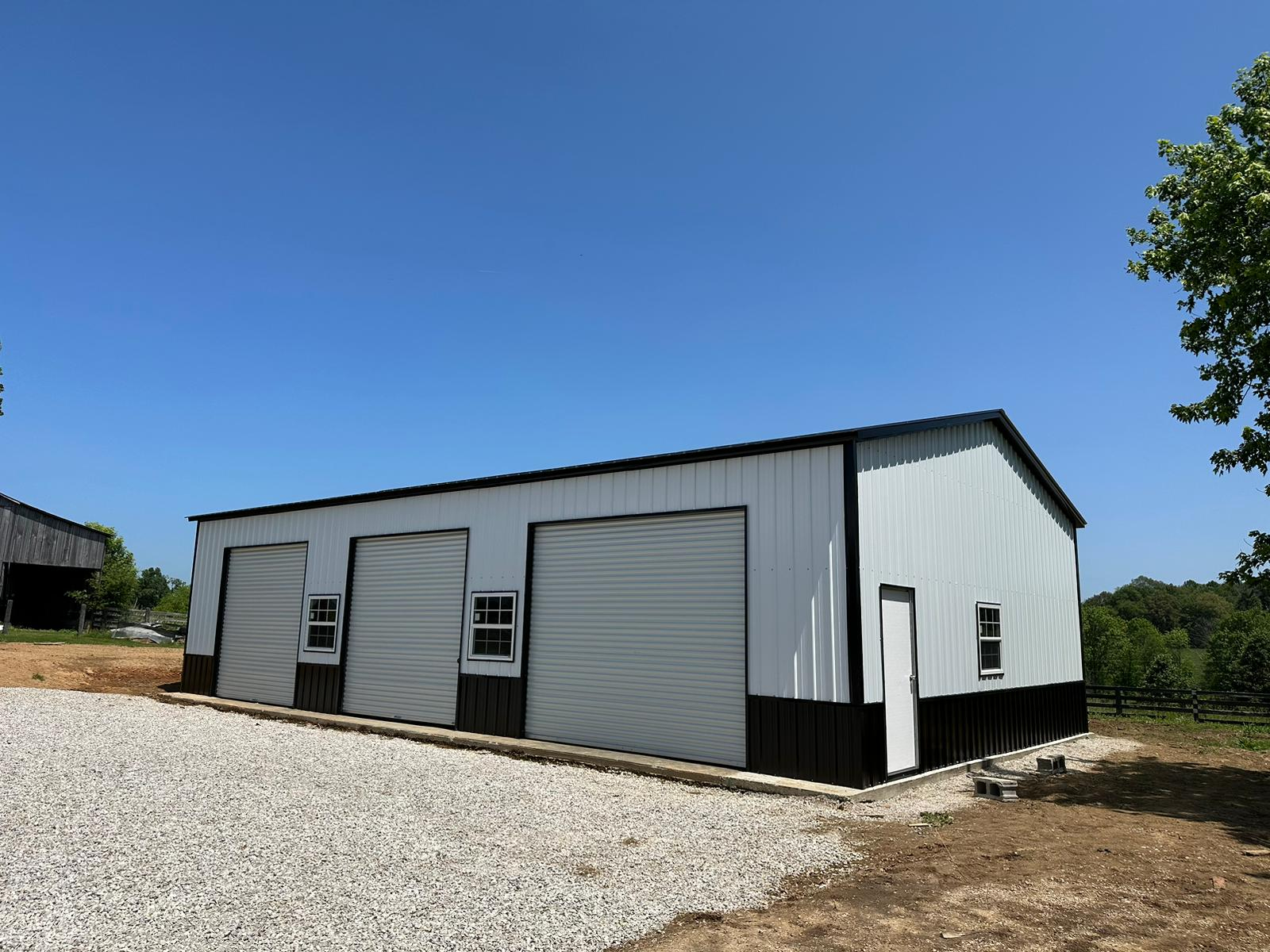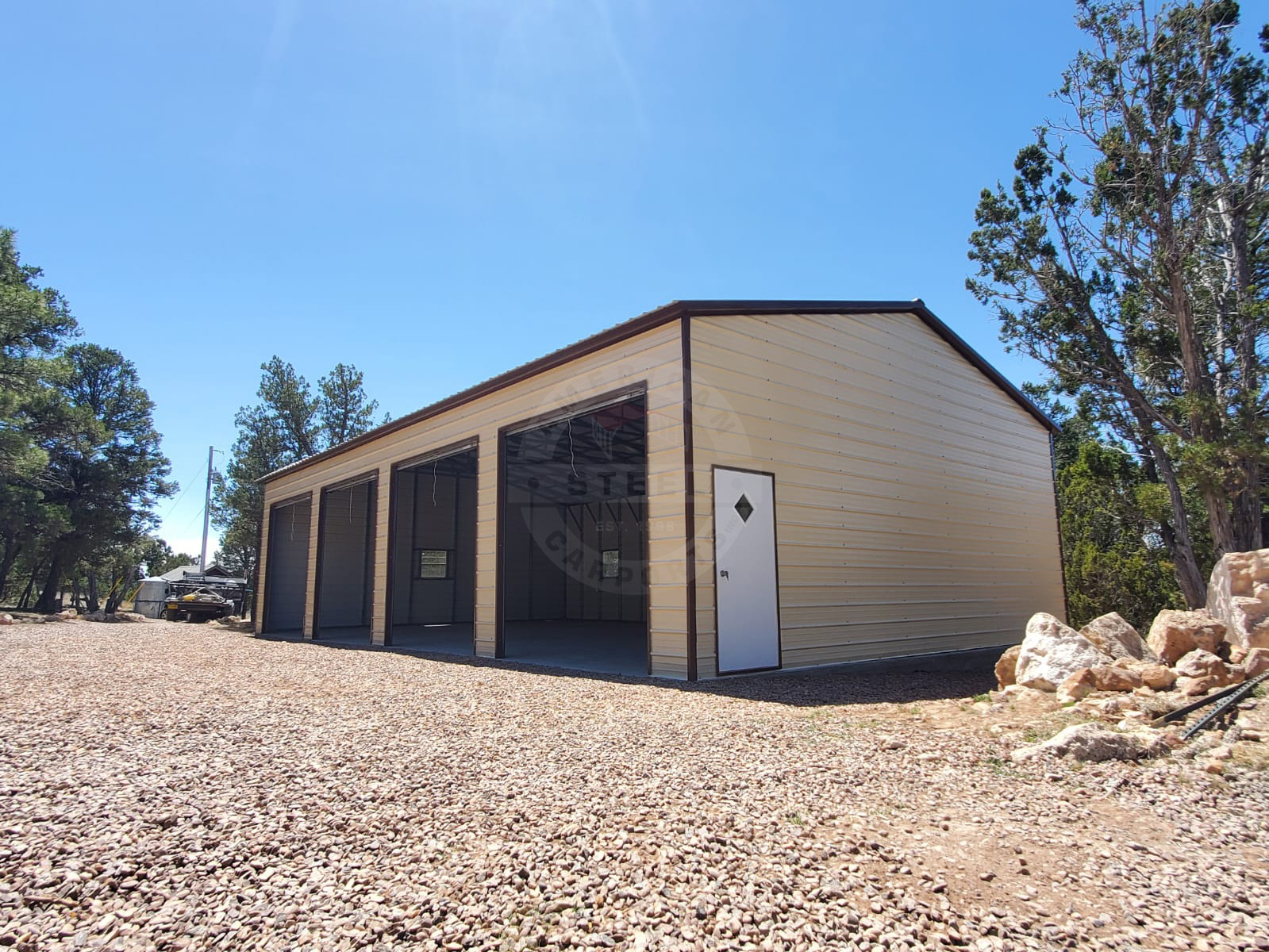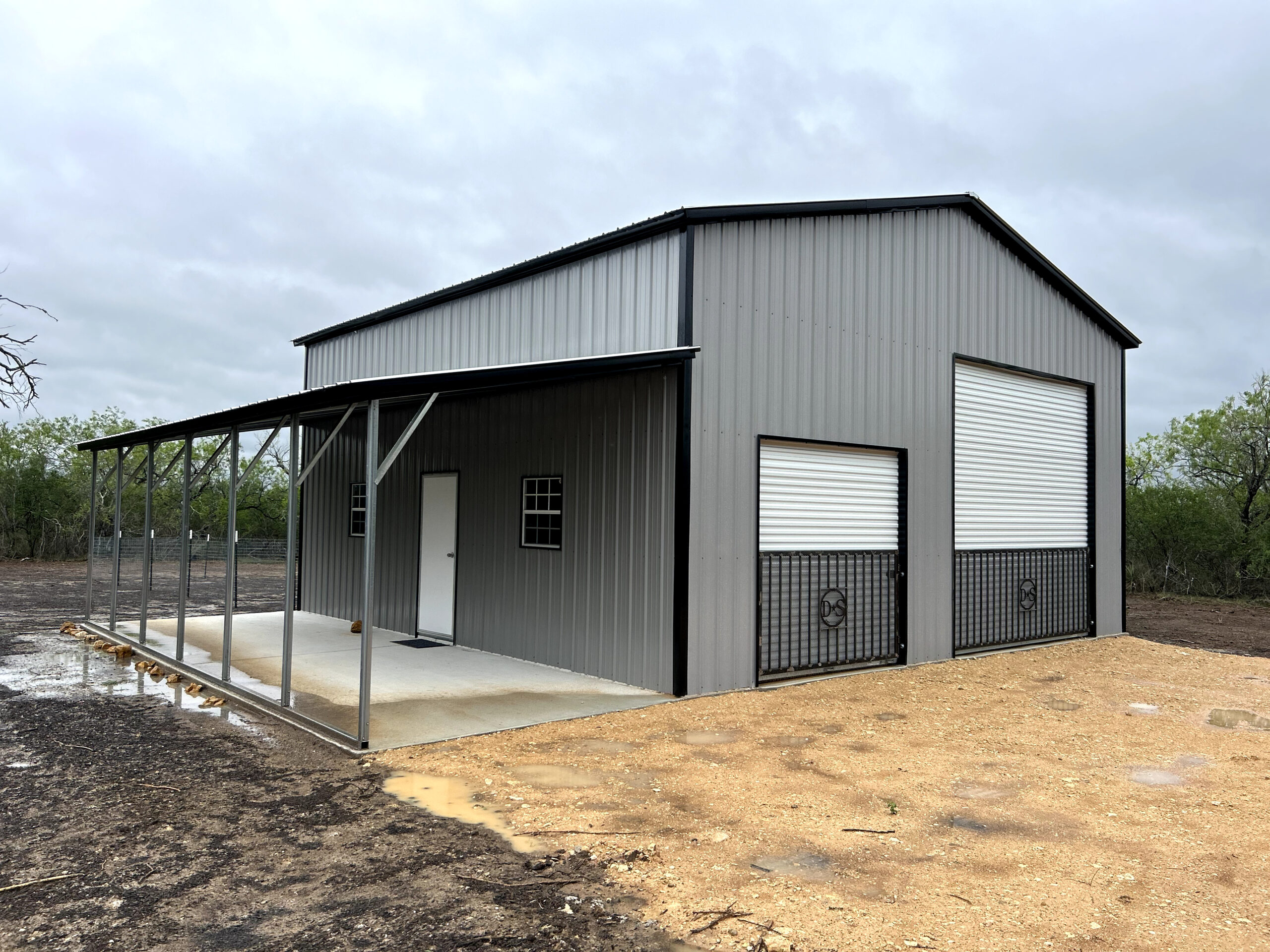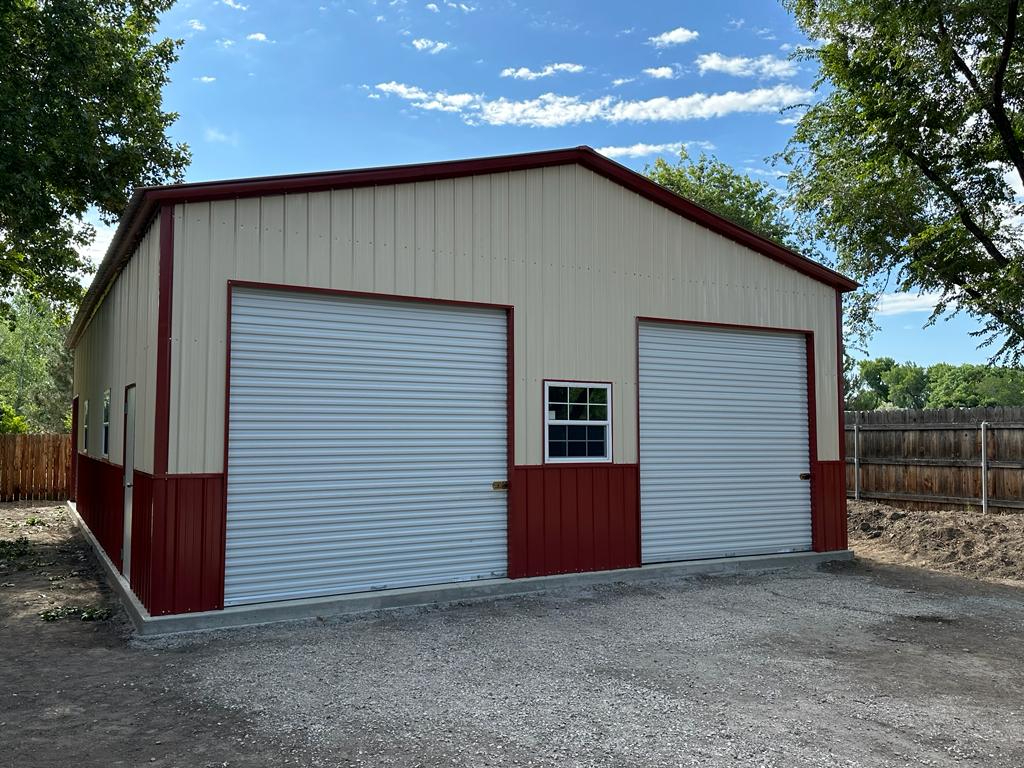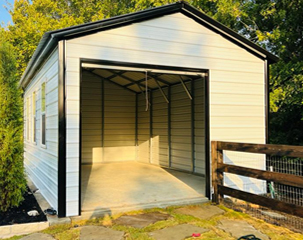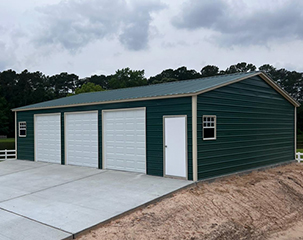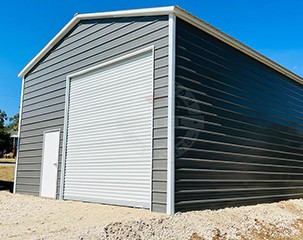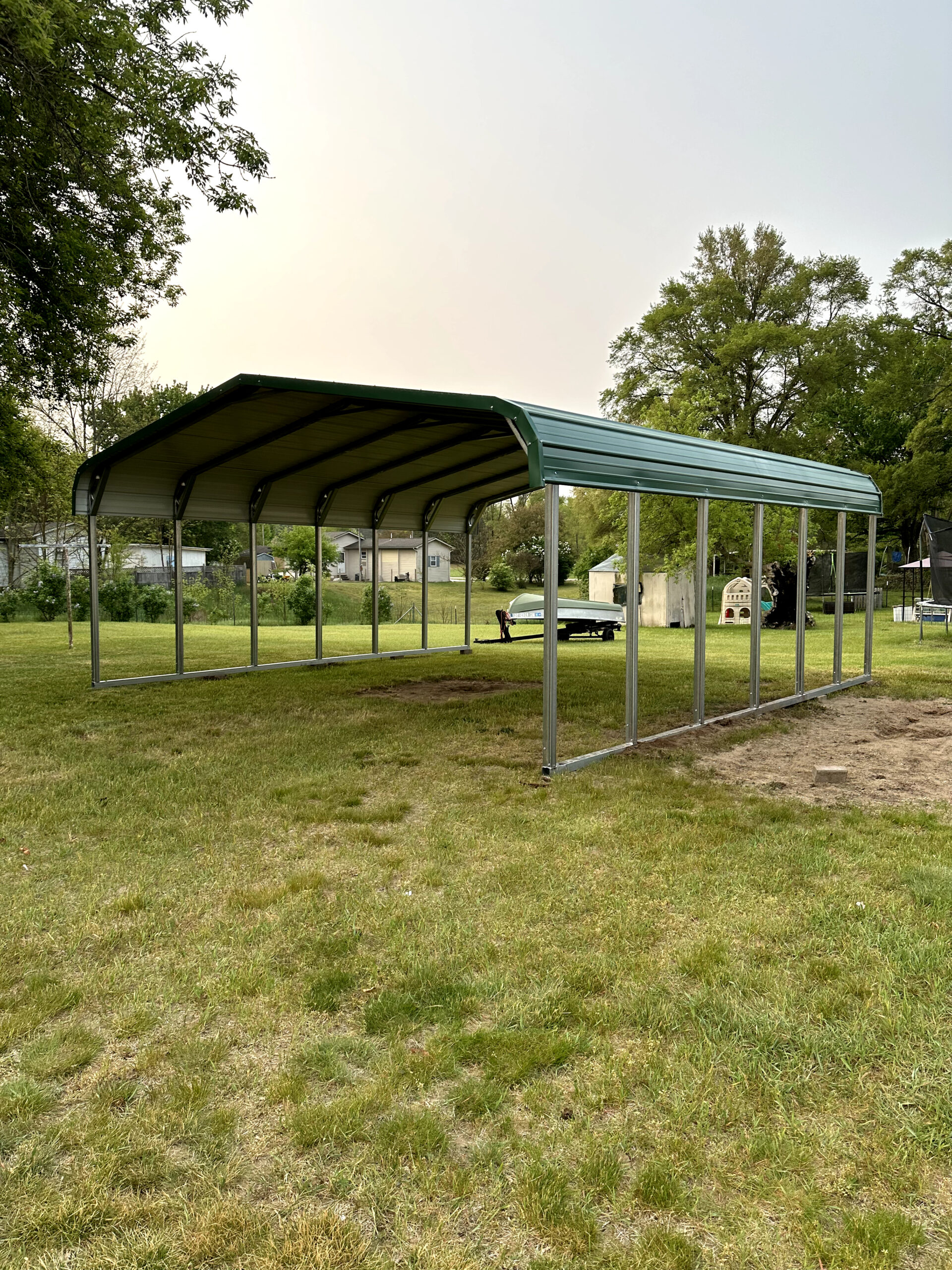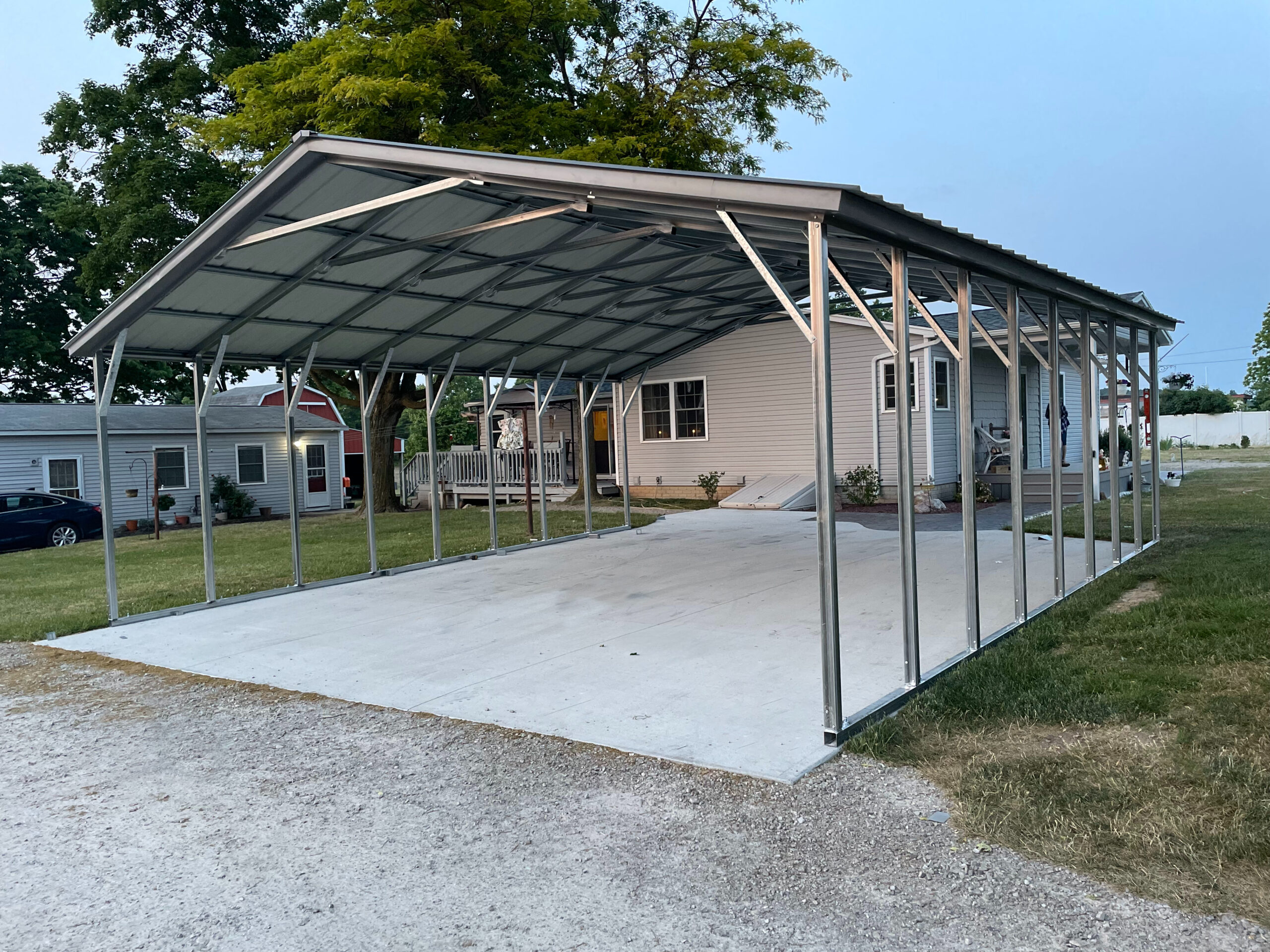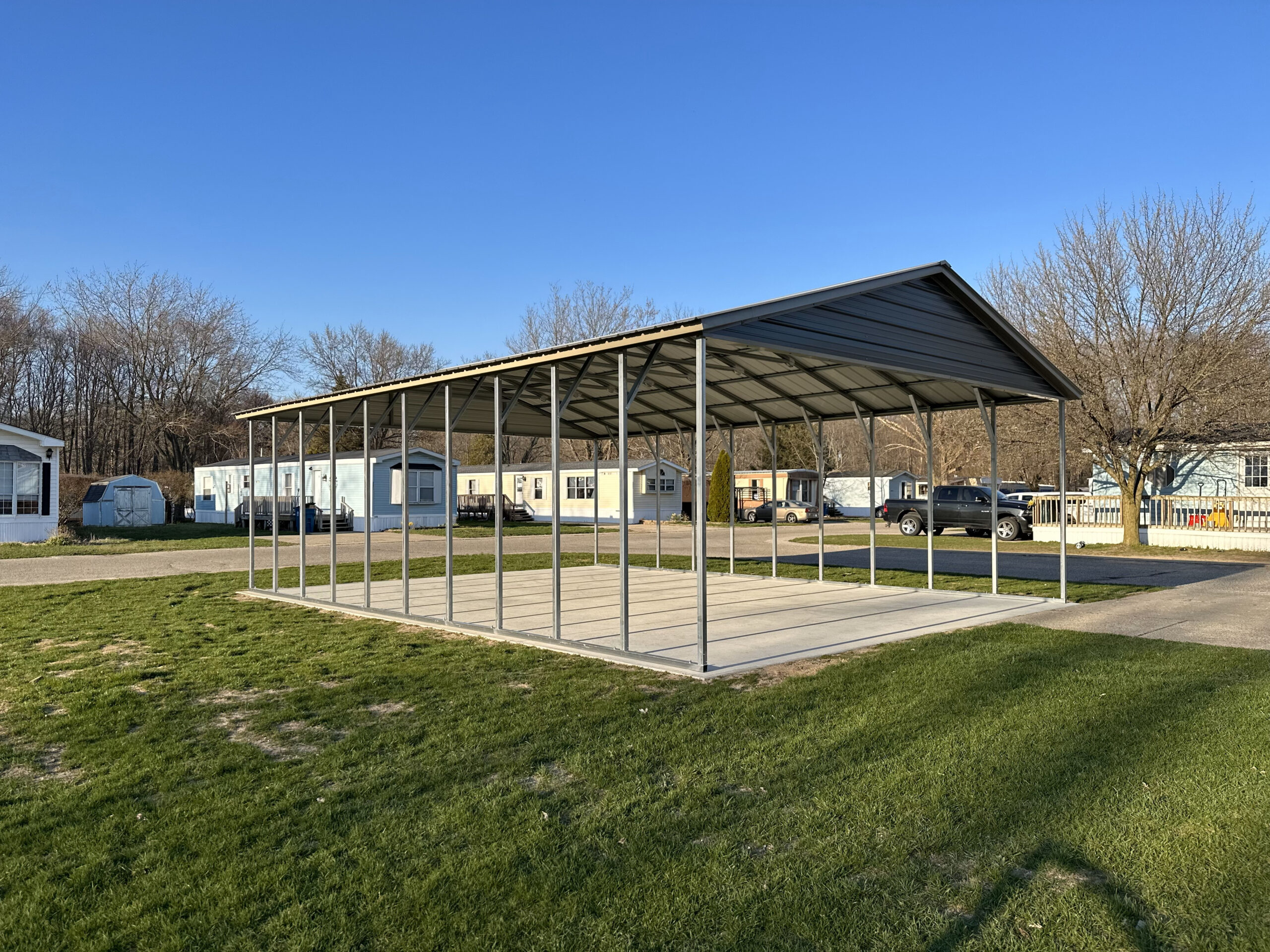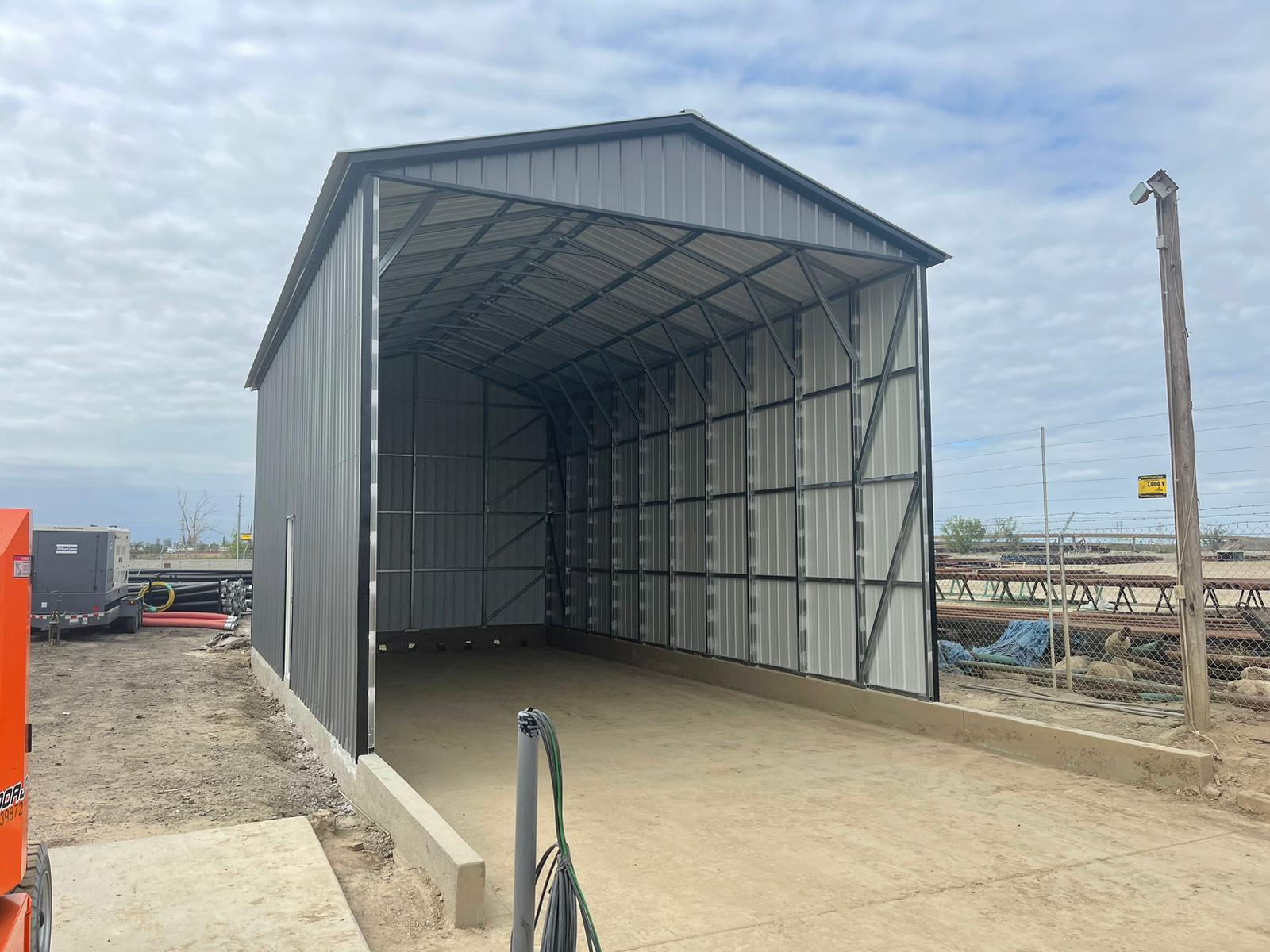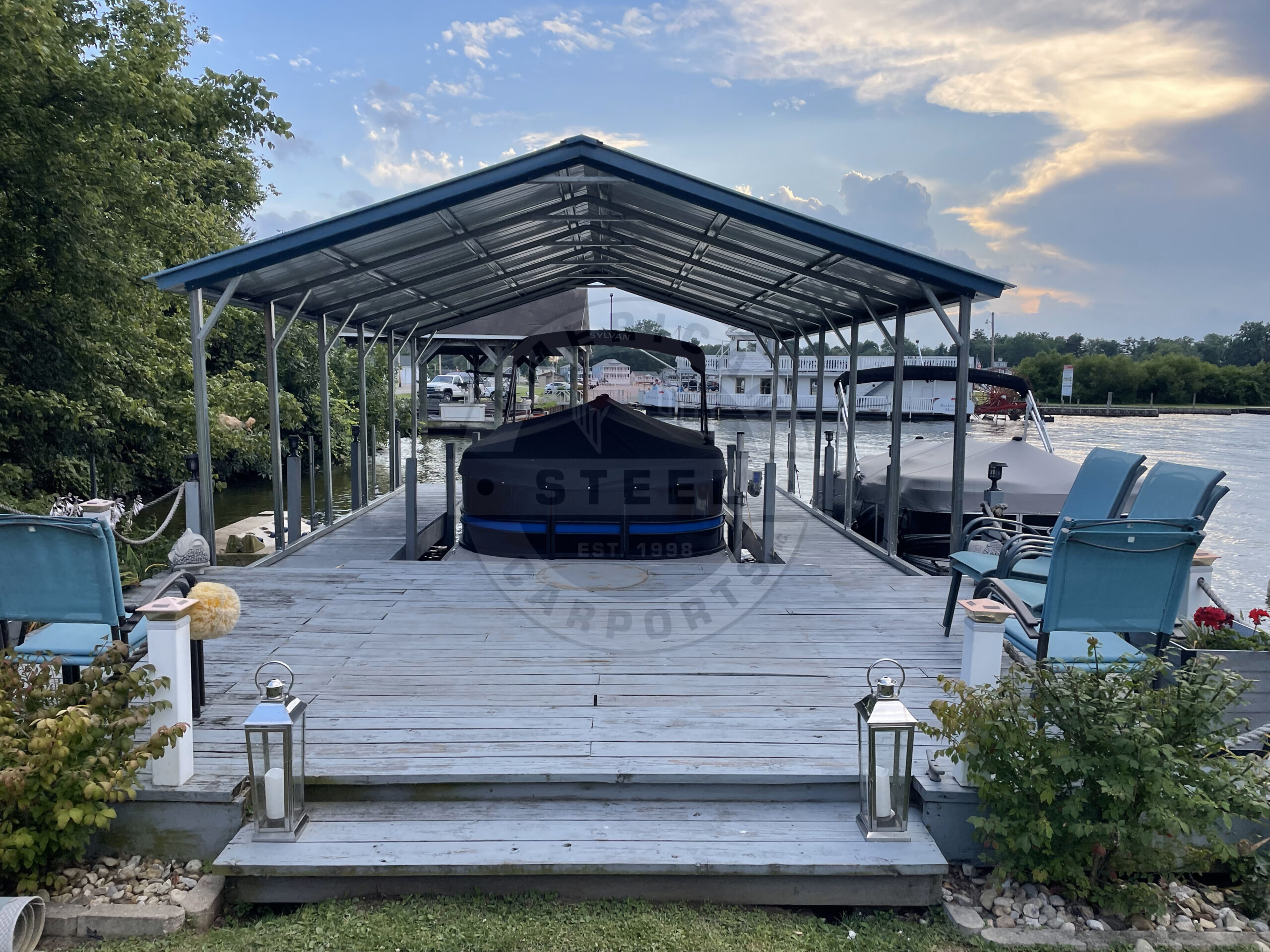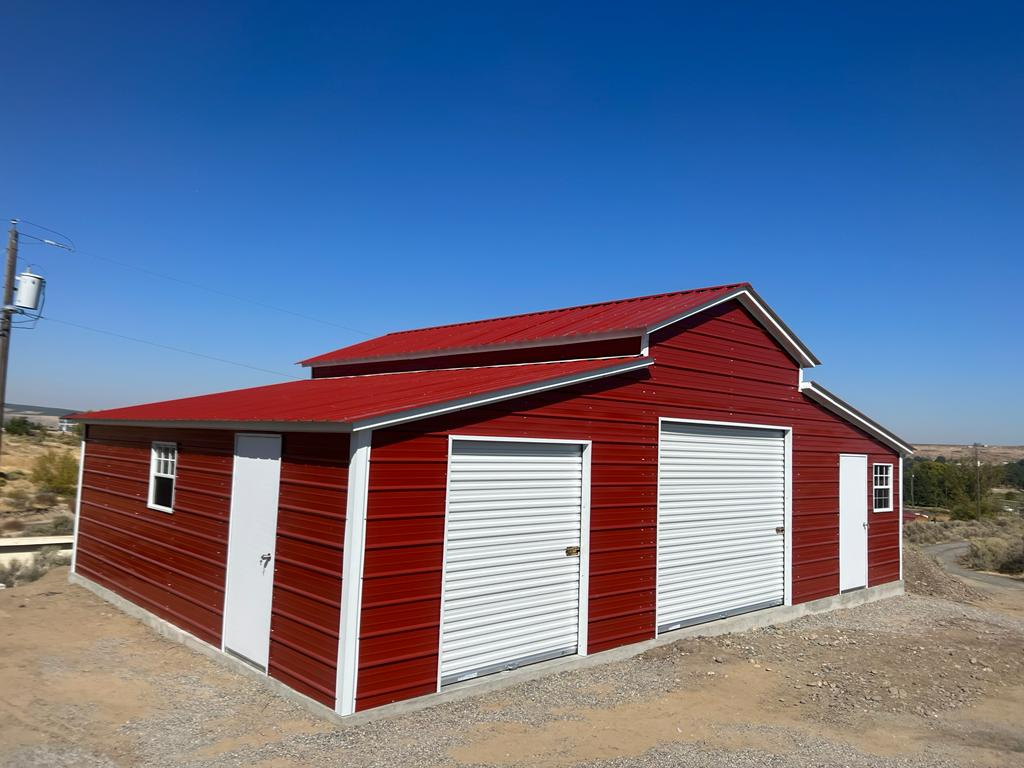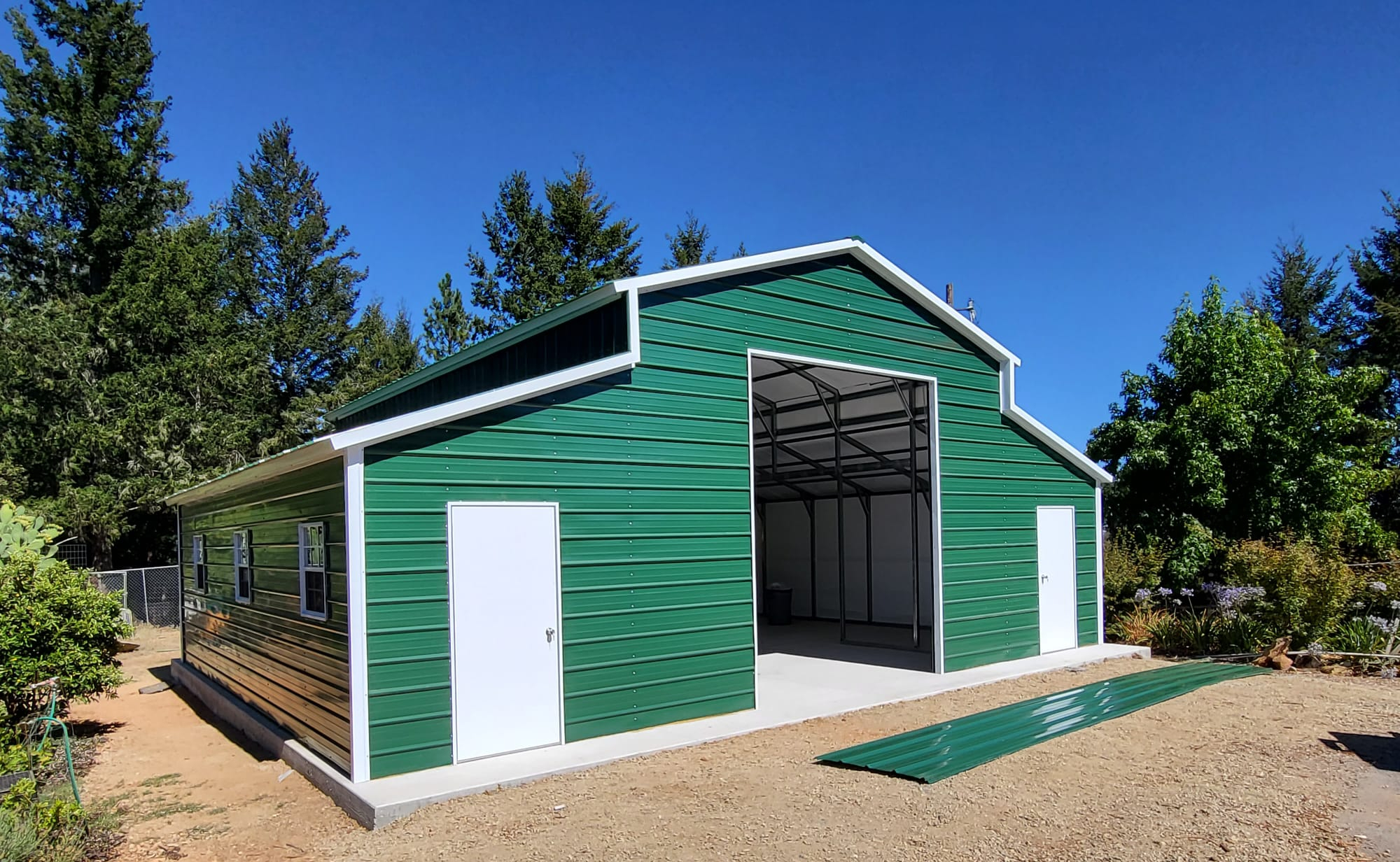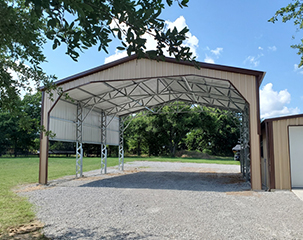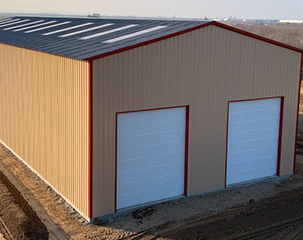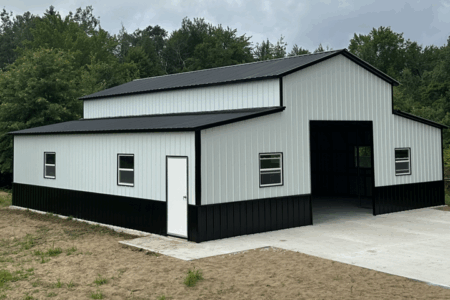Sustainable Building
Sustainable building has become an important factor in construction today.
Metal buildings are proving to be a good choice in this important aspect of building and have long incorporated a number of sustainable building practices. Steel is the primary building material, and it is the most recycled and recyclable building material available. Metal buildings often use recycled steel in all parts of their primary and secondary framing, metal roofing and wall panels. At the end of its current use, this steel is 100 percent recyclable. According to the Steel Recycling Institute (SRI), structural steel has a recycling rate of 98 percent. The steel that is used today will, whenever it has completed its job, be used again, lessening the environmental impact in the future. More information is available at the SRI website, www.recycle-steel.org.
The MBMA Life Cycle Analysis quantifies the importance of recycling, as it indicates that the upstream production of steel—extraction of raw materials and delivering the materials to the production facility—has the single most significant input driving the environmental impacts of steel used in metal buildings. Waste – or the lack of it – is another attractive aspect of metal buildings. The building materials used for the primary framing, secondary framing, and metal roof or wall cladding are custom engineered and produced for each building project to exacting specifications. During the fabrication phase, the amount of steel and other materials used in a metal building is optimized. Any excess materials used in the fabrication plant is reused or recycled. On the job site there is minimal waste to recycle, which may just include the shipping dunnage.
Many metal building providers have multiple production facilities around the country, so regionally-sourced materials are often available. And because the building materials are produced specifically, for each job, job site preparation can be focused, and disruption minimized. Once the materials are at the site, construction times are often faster than with traditional techniques and materials, keeping costs and environmental exposure to a minimum. Compared to other roofing materials, metal roofs have extended life spans, typically 40 years or more, and are completely recyclable when they do need to be replaced. These are a few, but certainly not all, of the benefits of metal building systems that also help to make them sustainable.
References: MBMA 2017

